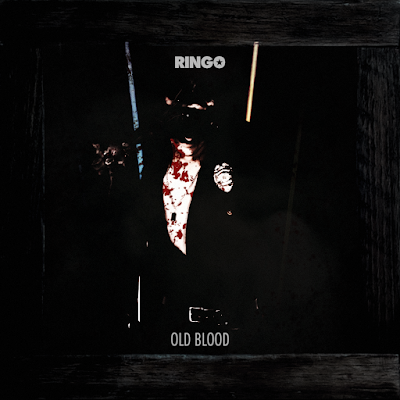Paul McCartney just couldn't sit still for even a minute. He and everybody else knew it. He always had to be doing some sort of work. So when the Beatles temporarily broke up in February 1979, his mind started racing. He used the majority of the year to organize a series of benefit concerts called "Concerts for the People of Kampuchea". In the same vain as his bandmate George Harrison's "Concert for Bangla Desh" eight years prior, the money from the concerts would go to victims of war-torn Cambodia. Along with Kurt Waldheim, the Secretary-General of the United Nations, McCartney managed to get a series of well-known stars, both old and new, to perform. These included The Who, Queen, Elvis Costello and The Clash, all of which were still making hits. But it would the last star to become involved that would make headlines. Fresh out of Berlin and a short world tour, David Bowie had settled down in New York City. Drug-free and in his best years, he decided to check up on an old friend after reading the paper. McCartney was reluctant to have Bowie perform following his less than amicable leave from the Beatles three years prior. But, eventually, he would be allowed to perform a set of his own. Fans became excited and rumors spread that George Harrison and Ringo Starr had also agreed to perform, but alas, they were all just rumors.
McCartney would perform a set with his backing band Wings, former Beatles Linda McCartney and Denny Laine as well as two other new members. He would later call this performance awful and it would end up being one of the last concerts where McCartney would play with Wings. The concerts would prove to be a success in the end. At the end of the final concert, McCartney, Wings, Pete Townshend of the Who, Bowie, and many other musicians there that day would perform a small set as "Rockestra", billed as Earth's Biggest Band. This specific performance would also be received well, but it also made people curious as to what else the band would do, if anything. Originally a one time thing for the concert, Bowie persuaded McCartney to work with him again, citing an eagerness to work with synths. Townshend and John Bonham of Led Zeppelin would join them, and Townshend would later invite David Gilmour of Pink Floyd to make the greatest five-some any rock fan had ever seen.
Truth be told, other than McCartney and Bowie, it took time for the band to know each other's styles well. This combined with the fact that Gilmour brought no songs with him after the release of his first solo album meant that work had to be done on new (and sometimes old) material. Bowie brought forth "Sound and Vision" a song he had originally saved for his eventually return to the Beatles. Bowie thought it worked well alongside McCartney and Townshend's own experimental work. The lead single was obviously going to be Townshend's "Let My Love Open the Door", a song all of them knew would be an instant hit. Recording finished in November 1979, and the album, self-titled, was released on December 16, 1979. People immediately liked what they heard, and thought the album contained a good mix of all of their own styles. They also thought that the album was superior to the Beatles' Going Faster, not even a year old yet. But it had an unforeseen effect that no one else realized at the time.
John Lennon, now 39 years young and almost four years into retirement, was sitting on his couch as he had many times before. His son, Sean, was upstairs and his wife, Yoko Ono, was out for the day. He had a guitar in hand and he was listening to his radio. All of a sudden, the DJ announced a new single called "Getting Closer" by a band called Rockestra, a name Lennon had never heard before. As the song started, Lennon dropped his guitar all at once. "Fuck a pig, that's Paul!" he said out loud. He had been out of the music scene for so long, this now months old album had completely evaded him somehow. He read a review of the album in the paper and saw the name "David Bowie" along with McCartney's. They were working together again and he hadn't even known it. For Lennon, this was the last straw. By now, he had a collection of songs he had written plus plenty of inspiration. He and Ono had been subjected to new wave music, something they were both interested in, and he was planning a trip to Bermuda with his family. There was inspiration abound! And now all this. And so, after some deep thought, Lennon picked up the phone and dialed a number he knew all too well. "This will be worth it", he said to himself. "It'll be just like starting over".
ROCKESTRA - ROCKESTRA
Released: 16 December 1979
Genre: Rock, hard rock, experimental rock, synth-pop
Producer: Paul McCartney, Chris Thomas
Side A
Rockestra Theme
Empty Glass
Getting Closer
No Way Out of Here
Old Siam, Sir
Side B
Sound and Vision
Let My Love Open the Door
Temporary Secretary
African Night Flight
I Like Nightmares
So Glad to See You Here
Boys Keep Swinging
Track list sources:
McCartney's tracks are all from Back to the Egg, with the exception of "Temporary Secretary", from McCartney II. All of Bowie's tracks are from Low and Lodger. Townshend's tracks are from Empty Glass with "I Like Nightmares" being a bonus track from The Who's Face Dances. Gilmour's one song is from his self-titled 1978 album.
 |
| Back cover |











